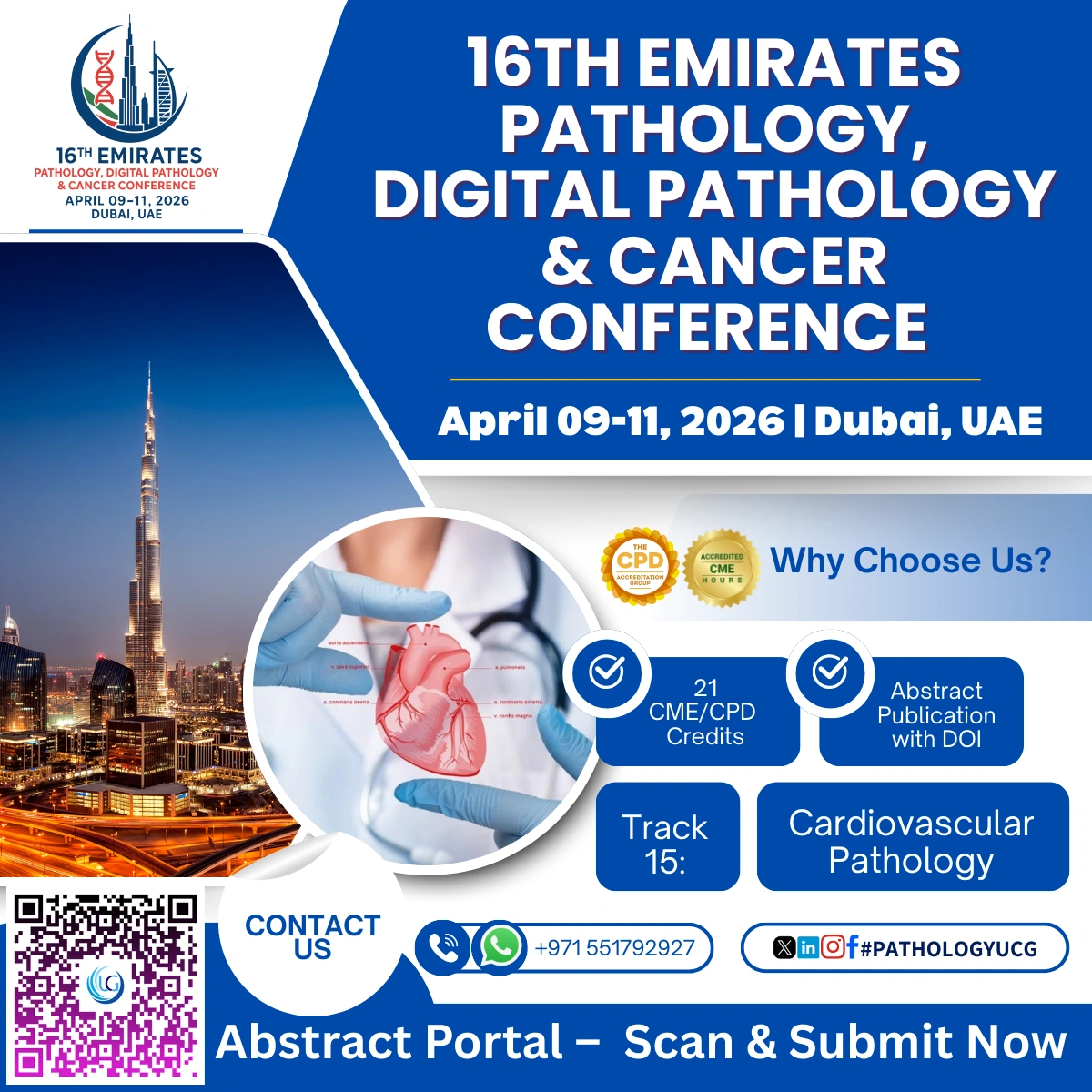Cardiovascular pathology is a subspecialty of pathology focused on the study and diagnosis of diseases affecting the cardiovascular system, including the heart and blood vessels. This field encompasses a broad range of conditions, from common heart diseases to complex vascular disorders.
Key Aspects of Cardiovascular Pathology:
Heart Diseases:
Coronary Artery Disease (CAD): Caused by the buildup of plaque in the coronary arteries, leading to reduced blood flow to the heart muscle and potentially resulting in angina or myocardial infarction (heart attack).
Heart Failure: A condition where the heart is unable to pump blood effectively, leading to symptoms like shortness of breath, fatigue, and fluid retention.
Myocarditis: Inflammation of the heart muscle, often due to viral infections or autoimmune conditions.
Cardiomyopathies: Diseases of the heart muscle that can lead to heart failure. Types include dilated cardiomyopathy, hypertrophic cardiomyopathy, and restrictive cardiomyopathy.
Valvular Heart Disease: Involves damage or dysfunction of heart valves, which can lead to conditions such as aortic stenosis or mitral regurgitation.
Vascular Diseases:
Atherosclerosis: Hardening and narrowing of arteries due to plaque buildup, which can lead to reduced blood flow and increase the risk of heart attack and stroke.
Aneurysms: Abnormal bulging or dilation of blood vessels, which can occur in arteries such as the aorta and may lead to rupture if not treated.
Peripheral Artery Disease (PAD): Narrowing of the arteries in the legs or other peripheral areas, leading to pain, cramping, or numbness in the affected limbs.
Venous Disorders: Conditions affecting veins, such as deep vein thrombosis (DVT) and varicose veins.
Diagnostic Techniques:
Histopathology: Examination of tissue samples from biopsies or surgical specimens to diagnose conditions like myocarditis or tumors of the heart.
Immunohistochemistry: Used to identify specific proteins or markers in tissue samples that can help diagnose or characterize cardiovascular diseases.
Molecular Pathology: Genetic and molecular tests can identify mutations or biomarkers associated with cardiovascular diseases, guiding treatment decisions.
Clinical Relevance:
Cardiovascular pathology is crucial for diagnosing and understanding the underlying mechanisms of various heart and vascular diseases. Accurate diagnosis helps guide treatment strategies, including medical management, surgical interventions, and lifestyle modifications.
Cardiovascular pathologists often work closely with cardiologists, surgeons, and other healthcare professionals to provide comprehensive care for patients with cardiovascular conditions.
In summary, cardiovascular pathology involves the study and diagnosis of diseases affecting the heart and blood vessels, playing a key role in understanding and managing a wide range of cardiovascular disorders.





